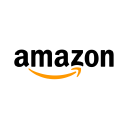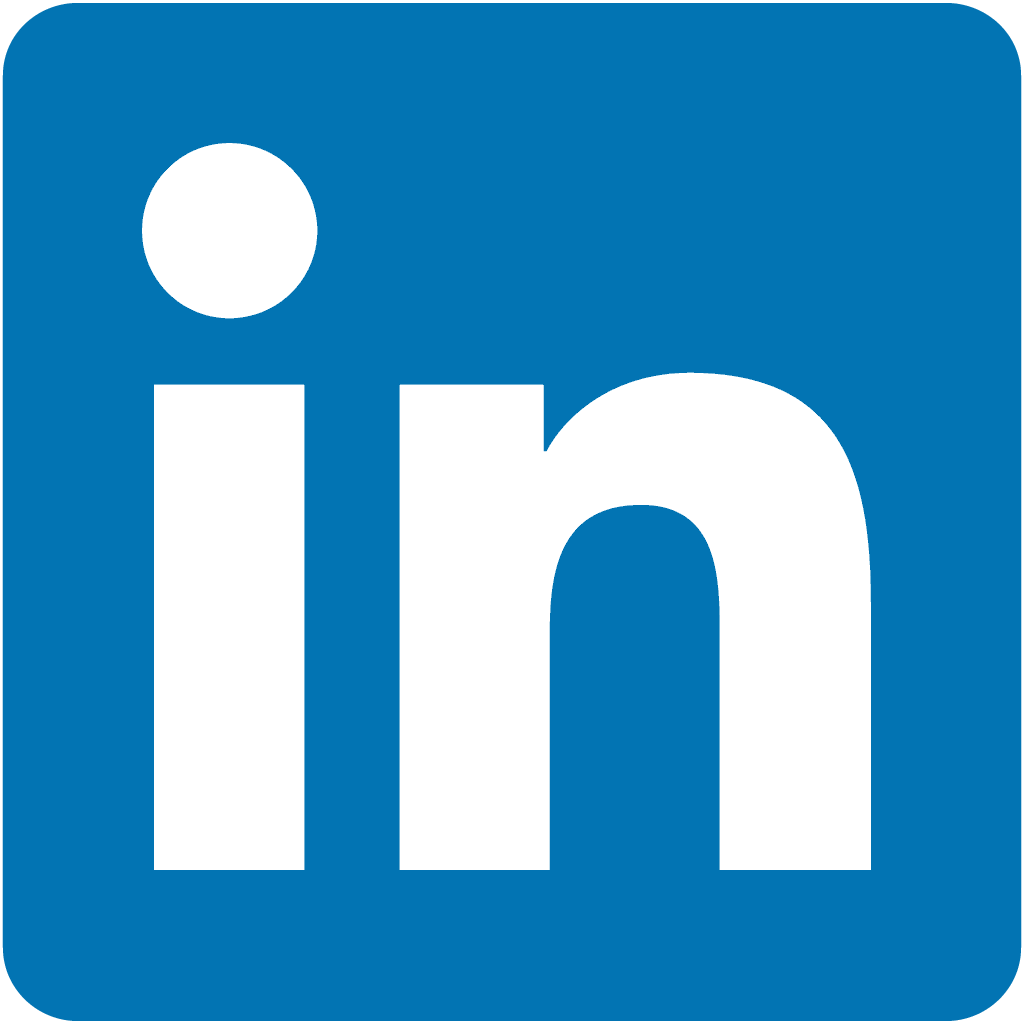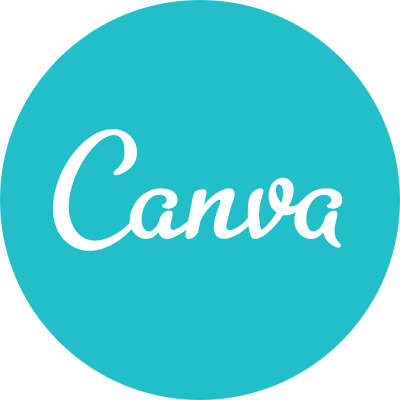My Research Platform Reaches Thousands Of Students Around The World
I’m Surya. I have a double master’s degree in Engineering and Business. I’m the founder of Aveksana and built this research platform to help students and researchers work on research that matters, individually and collectively. The platform helps them develop unique topics and research gaps (also called breakthroughs) within minutes.
We have acquired more than 3700 users without any marketing budget. Our users love our platform and that’s what is thrilling. That’s exactly what we envisioned to do with Aveksana.
We have been featured in the Sifted magazine in the list of the top edtech startups to watch in Europe. We have been sponsored by Microsoft, AWS, Mixpanel, Stripe, and many other industry giants to help us build the platform. We have partnered with Core and Semantic to propel the platform to the next level.

What's your backstory and how did you come up with the idea?
I’m from Nepal, and I have been living in Finland for over a decade. I left my country when I completed high school and had just turned 19. I understood the value of skills and original contribution to a chosen field of study after struggling to find work and not being integrated into the Scandinavian work society.
When I was doing my master’s, I aimed to work on a thesis that would teach me a skill and open the door for work and future research. After almost months of struggle, I developed a topic that matched my interests in a chosen subject. I spent another 7 months researching and writing to complete my thesis.
This experience left a sour taste in my mouth, wondering whether others spend the same amount of time on writing a thesis. After all, it was a matter of ego, it was all bruised.
I asked a friend who was working on an innovative thesis idea and he said it took him about 10 months as well (he later became the victim of becoming a cofounder over a sauna evening). Ego had some relief. I decided to further boost my ego by asking other classmates and students from other master's degree programs.
I was surprised by the fact that the majority of students had no idea about their thesis and what they were going to do. That’s when I realized that there was a need for a solution.
I invited my friend to the sauna where we were supposed to drink beer and relax where I told him about the idea. He had just recently finished his thesis and he could also relate to the frustrating thesis journey. We decided to work on it together.
We had successfully failed once with a startup. Investors said we are far ahead of time and therefore they can't invest in it even though we had good traction for the platform from users.
This time we decided to do it differently. We agreed never to fall in love with our brainchild and that is why we developed a hypothesis that proves there is no demand for such a solution in the market. We also agreed that we never ask a direct question about a problem or solution to avoid leading the conversation. We will rely on observation and conversation emerging towards the problem naturally.
We started meeting individuals we knew and seeing how they were doing knowing conversation would eventually go there as they were students. Discussions with more than 10 individuals already disapproved of the hypothesis. We consider this round as a placebo (not falling in love that easily).
We started visiting universities. We would hang around canteens and libraries and discuss with students who were there. We met a lot of students who were about to start their thesis and others who were working on their thesis already. We had discussions with them without telling them about our idea.
The observation was mind-blowing as 7 out of 10 were struggling (we are yet not in love 😉). In addition to that, we also collected primary data through surveys and interviews, including secondary data from blogs, Reddit, etc. A theme started to emerge on how time-consuming and tedious it was to find a good topic and complete it for ambitious students who wanted to learn and push the boundaries of knowledge as well as the category of students who were lost due to choice of paradox.
We thought of conducting more research from a different target group. This time we started contacting lecturers and professors to discuss how they manage students’ theses or research as supervisors.
We were amazed to hear that they were equally frustrated because students didn’t know what to do and how to start their work. As a result, they had to invest a sufficient amount of time to assist each student which they weren’t given or compensated for. Plus, it impacted their research too (spillover effect and not having enough time).
At this stage, we were convinced that there was a demand for a platform like Aveksana.
We both were business-oriented and the development of the platform required a deep understanding of AI/NLP and software development. We knew no one was going to fund such a venture in the early stage due to previous experience and we didn’t have FFF (friends, family, and fools) in Finland.
We had just finished our master’s program and were working part-time. The challenge was validating a solution that we had in mind without building one.
We built a plan based on how complex projects like airplanes are designed and built. They design everything from design to engineering and simulate it in a virtual environment. We imagined we could do so by working with designers.
We hired freelancers and started working with them. We were able to design the entire platform with the help of a designer with dummy data. It was working and behaving like a real platform but giving just one result.
We put this prototype into laptops and tablets and started visiting universities again. We would hang around canteens and libraries asking students to try out the prototype and letting them say what it would do for them.
Students, including PhD who were about to start their theses or research were the target group and when they tried out the prototype, their immediate reactions were, “is it available for use?”
That is when we knew we had hit the bull’s eye with the solution.
We built an MVP after realizing the immense problem that education, especially research, was facing. We asked students and researchers whether they would buy such a solution and for how much. We had numbers and we wanted to make it affordable for students and academia to afford it.
Take us through the process of building the first version of your product.
We knew that the problem was worth solving and it had immense potential after looking into market size and its scalability. At this time, we contacted early-stage VCs and angel investors as we needed a team to build the MVP. They rejected our idea saying that we were too early.
Some of them said that it's not a lucrative domain. Some of them promised to meet us if we built the actual prototype (they never did). We didn’t have access to FFF as well. So we started discussing with individuals with a skillset that we needed in the team to join us as a cofounder.
The first few who joined us found the idea interesting, however, they dropped out as the solution required more effort and thinking. This is when we realized that building a team is going to be equally challenging and rewarding. It took us a few months to interview and discuss with 100s of individuals to find those who believed in the idea and had complementary skill sets. We are physically situated in different cities and countries.
However, with our unwavering determination and persistence, we can build the prototype that produced the result as envisioned.
Most of the work was done in the research phase (Field testing prototype) which we were able to borrow for implementation. We spent most of the time discussing and designing the algorithm which was the crux of our project. We managed to convert the idea into a solution with relentless brainstorming and discussion.
This is where Maci, our CEO and co-founder, once said that no problem can't be resolved through dialogue and discussion. We've upheld this value in our startup.


Describe the process of launching the business.
After the POC (proof of concept), we worked further to improve its accuracy and performance and packaged everything into the web application. We decided to launch our platform as a research preview because the algorithm was new and we needed to achieve a problem-solution fit. That’s why we decided to let users all over the world use it for free.
We started by contacting those who had given their email addresses during the field experiments. We asked them to try the platform and share their feedback with us. We also requested them to share it with those who can benefit from Aveksana.
In addition to that, we went to universities and started talking to students there. We had laptops, phones, and tablets with us which allowed us to give them live demos. Plenty of students tried the platform there and those who were in a hurry took pictures of it to try it out later. This first round gave us time to test it with users and collect feedback to improve edge cases (not considered field of studies, subjects, etc before) and UX.
We launched it on social media such as LinkedIn, Instagram, and Facebook after the initial test round. We again asked everyone we knew (friends, university class friends, colleagues) including some followers we have on social media to share it and help us spread the word.
I think one advantage that we had was having university friends from all over the world. We contacted them individually and asked them to spread the word.
We put a built-in feedback mechanism and feedback form to collect feedback from users. We acquired almost 1000 users during this phase and overwhelmingly positive feedback. We called it a successful launch and decided to move to the next phase of our platform.
We were able to launch different versions of the web app without breaking anyone’s bank, thanks to sponsorship from Microsoft, AWS, Mixpanel, and Stripe. We approached them after building a proof of concept (POC) which worked in our favor.
Having the POC helped us greatly when applying because it demonstrated our ability to solve the problem and build a successful business, in addition to having a good team and a problem worth solving.
Don’t listen to people who know (experts), Listen to the market. It won’t tell you what to do but it will give you hints. This is when you learn and grow.
Since launch, what has worked to attract and retain customers?
With no connection to universities and influence, we knew that diffusion was going to be the hardest thing for us. We started with a blog which helped us showcase our expertise in the field. However, this wasn’t enough.
So, we decided to build connections with influencers and thought leaders whose audiences were our users. Some influencers rejected our proposal down right without hearing us out and others demanded quite a hefty sum which wasn’t within our reach. We kept pushing and some of them lent their ear where we were able to present our solution.
These individuals had similar stories as ours when building their credibility and they listened to us. A few of them presented our solutions to their channels which gave us good exposure. We also noticed at this stage, some influencers cited our platform without us asking them.
This is when we also got accepted into one of the leading edtech accelerators, MindCet in the world. These were good indicators of solution validations from experts. We were also approached by Sifted. They wanted Aveksana to feature in upcoming Europe’s top edtech startups to watch list. We were in awe and filled with joy. This gave us good visibility in Europe and among investors.
Our social media presence and content creation were minimal at this stage. We were more focused on improving the solution further. However, the organic traction from influencers and magazines like Sifted gave us good exposure in the market. We have almost 4k users using our platform now.
Figure: Aveksana Featured on Sifted’s Early Stage Startups to Watch List

Figure: Aveksana Discussed on Shomu’s Biology Youtube Channel



Figure: Aveksana Shortlisted by Dr. Rizwana as the top tool to use for research (where she put us in the list was an indication of where and how we add value)

Figure: Aveksana’s current userbase

How are you doing today and what does the future look like?
Our user base is growing. However, we aren’t profitable yet because the number of paid users is quite small. We are moving to monthly subscription plans for a one-time fee within 2 weeks. Users will be able to choose a plan that suits their needs and requirements best from the three plans that will be available to them.
We are pursuing B2C and B2B models simultaneously. This approach is contrary to what startups are supposed to do. However, we believe that this approach will prevail in the long run. We have to bootstrap to survive and make the platform investment-worthy (one of the requirements of angels or investors if you lack connection).
We haven’t run any ads so far as we don’t have the money for marketing. We are acquiring 3-5 users per hour organically (B2C). We expect to cross the 30K user base target by the end of 2024.
Universities are showing interest now. We are discussing with 3 universities in Finland for a pilot. You might be wondering why we waited this long to start a conversation with universities and you’re right. The fact is that we try to reach out to them but the bureaucracy of institutions never let us pass the entrance.
So, we thought of an indirect approach. We started focusing on students to bootstrap and increase our user base. Now, when we start a conversation with a university in Finland, we can tell them that we have x number of students from that university already using our platform.
This positions us as a validated solution by their pupils and staff (we also have researchers and lecturers using our platform) and puts us in a better position on the negotiation table. By taking this long route, we minimized the risk of rejection as well.
We are also discussing with some collaborators in India and Latin America to conduct a few pilots in those regions.
Through starting the business, have you learned anything particularly helpful or advantageous?
We built an MVP after realizing the immense problem that education, especially research, was facing. We asked students and researchers whether they would buy such a solution and for how much. We had numbers and we wanted to make it affordable for students and academia to afford it.
But when we launched the product, the result was sobering. Most of our users kept using the freemium version of the platform. We realized that we needed to prioritize paying users first. This approach has twofold benefits: it helps generate revenue and attract funding.
Looking back, building a network would have been a lifesaver. We have noticed that building a successful business, especially a B2B business requires a strong network. We were solution-oriented individuals who believed in solving the world’s pressing problems, education being one through thinking and creativity and we still are.
However, this made us work extra hard that we could have used for scaling the business. If I had to start from the beginning, I’d add at least one more marketing or sales with a wide network as a cofounder.
What platform/tools do you use for your business?
My team uses Atlassian products for project management and documentation because they are user-friendly and easy to use. Besides, it's free for us as a small team.
We have developed our entire platform from scratch. We often prefer automating things on our own as it's more convenient and easier than using third-party tools. The reason is that most of the tools are not compatible with independently coded platforms like ours.
However, some tools are built with SaaS platforms like ours, and we try to use as many of them as possible. For instance, we use Stripe for payment processing and Mailjet for email campaigns.
What have been the most influential books, podcasts, or other resources?
Books have been a means to find solace and inspiration. It’s a combination of many books that have helped me keep going.
However, I strongly believe now that reducing the dependencies on anything including books is a means to developing a successful business faster. The less you depend, the more creative you will be in solving problems in your business, be it building a product, marketing, advertising, or pitching.
Advice for other entrepreneurs who want to get started or are just starting out?
When the light is on, anyone can see the switch. A mark of the mind is finding a switch when there is no light. If you consider yourself as an innovator or inventor, the outcome in the market shouldn’t disappoint you at all. Those outcomes, be it making your startup successful are good to have but not the prime focus. A good example is Nikola Tesla.
Build a product without building it during your research phase. Try to minimize your investments in terms of effort, time, and money.
Don’t invest in MVP, Build a business model first. Ask yourself this: Are you after innovation/invention or business? They are different and require different approaches (my first point is for problem solvers). If business is your answer, start with a business model. What I mean by this is, who will pay for it and how much? (Hint: your friends and families aren’t your paying users. They are your inspiration and support system but not your paying users).
If you don’t know the answer to that, you should take your time to figure it out. Because without them, your hard work will be in vain and people will tell you what to do even though they don’t have any clue about what they are talking about, including mentors and investors. Every startup and founder is different and the advices of others doesn’t necessarily apply directly to us.
I know some of you might be thinking that you know who will pay for it and we had the same answer 2 and half years ago. We were wrong. The users who we thought would happily pay aren’t our paying users. There is a big difference between users and paying users.
If I have to redo it again, I’ll design an approach such as an ad, and test a business model. This is a much faster and better way to build a business than going through a traditional approach of building an MVP or Beta. With ad reports, you can raise money and build Beta and theta or whatever you like to call it.
With MVP, you have almost zero chance unless you have proven revenue. Steve Jobs said you can only connect the dots by looking backward.
Earlier I used to consider a mantra for developing a new solution. Lately, I like to think this is an approach to building a new venture. Once you have a business model, you will be more efficient and effective in connecting the dots and optimizing your efforts.
Last but not least, you will be doing a favor to the next generation by eliminating a layer of bureaucracy from building a successful business that is going through the unnecessary hassle of convincing investors to give them money. I fell victim to this approach and I would like you not to make the same mistake. After all, we should learn from each other.
Don’t listen to people who know (experts), Listen to the market. It won’t tell you what to do but it will give you hints. This is when you learn and grow.
Find a team that will work with you to build and sell the product. Your team is like a north star that guides you. When you have the support of an understanding team, you can overcome any setbacks or failures in the market. You can pivot or persist, but you will always find a way forward.
Have FFF financing support for (12 months of) funding. This is very important for you to be proactive, productive, and persistent. We have been doing it for over 2 years without any financial support from others by taking side jobs and we don’t recommend anyone to do it. It’s not worth it. I believe I should share this with all newcomers to be more realistic.
P.S. Most of my thoughts are based on my experience of building a novel research platform. If you’re a solopreneur, consider only what relates to you and your field.
Where can we go to learn more?
If you have any questions or comments, drop a comment below!

Download the report and join our email newsletter packed with business ideas and money-making opportunities, backed by real-life case studies.

Download the report and join our email newsletter packed with business ideas and money-making opportunities, backed by real-life case studies.

Download the report and join our email newsletter packed with business ideas and money-making opportunities, backed by real-life case studies.

Download the report and join our email newsletter packed with business ideas and money-making opportunities, backed by real-life case studies.

Download the report and join our email newsletter packed with business ideas and money-making opportunities, backed by real-life case studies.

Download the report and join our email newsletter packed with business ideas and money-making opportunities, backed by real-life case studies.

Download the report and join our email newsletter packed with business ideas and money-making opportunities, backed by real-life case studies.

Download the report and join our email newsletter packed with business ideas and money-making opportunities, backed by real-life case studies.























